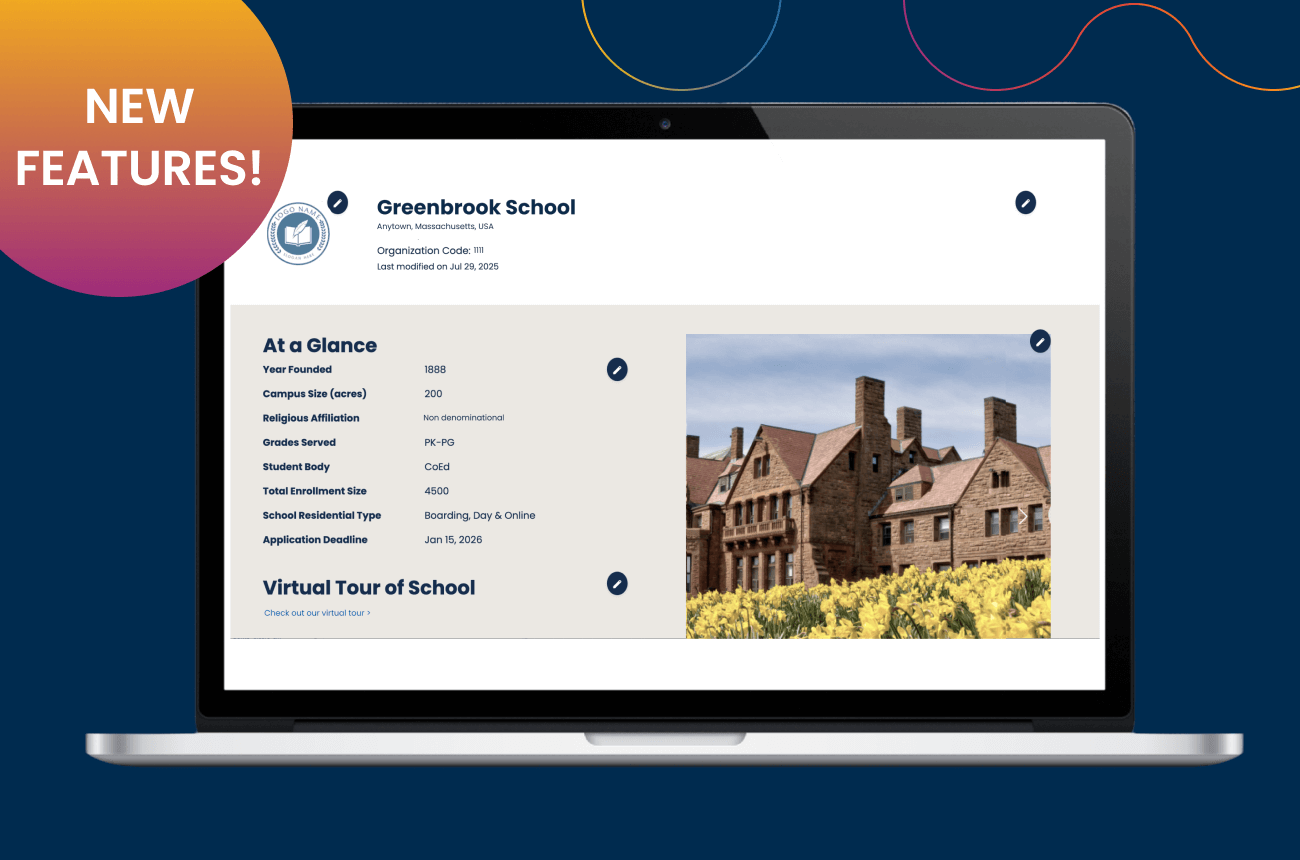Fueling the Funnel

From The Yield, Winter 2013
Since the dawn of the internet, consumers have embraced the opportunity to shop products, services, and resources from the comfort and anonymity of their homes. When the consumer ultimately makes first contact with the seller, he/she has determined the value of the product and is ready to make a purchase. Why would shopping for an independent school be any different?
The opportunity for admission offices to establish first contact is being pushed further into the admission funnel. All admission teams are shifting their strategy to find new families and increasing the inquiry numbers of years past, discovering new prospects, engaging those families, and getting an enrollment contract signed.
Chip Broadway, Treasurer for the Episcopal Church Schools in the Diocese of Virginia, said that some of the diocese schools faced declining inquiries, but more dire, was that this translated into either mergers or possible closings. “The enrollment numbers at some schools were telling — we knew something had to change,” asserted Broadway. “As a numbers guy, my first thought concerned the additional cost associated with new strategies to find these families, whether it was through hiring a marketing firm or some other consultant to help us build our funnel. How would these substantial investments and costs affect the schools’ bottom lines? It’s daunting, but also an opportunity for creativity.” Broadway looked at St. Margaret’s School in Tappahannock, Virginia as the first school to build a cost-effective solution that integrated other marketing tactics. The team decided to use direct marketing lists to launch several mini-campaigns to inspire students to apply to the girls’ boarding program at St. Margaret’s. The key was becoming comfortable venturing outside St. Margaret’s traditional geographic zones to find qualified leads. The team looked to The Enrollment Management Association’s Admission Search Initiative (ASI), which provides The Enrollment Management Association member schools, who require the SSAT for admission, with lists of SSAT test-takers, who had opted to receive more information from member schools, and who indicate their specific interest in boarding schools, day schools, or both.
Broadway had heard of The Enrollment Management Association’s Admission Search Initiative (ASI) and saw the minimal investment as both budget-friendly and low-risk. “Our team took the lists, did an email campaign, then dissected the information the students self-disclosed in their responses to the email,” explained Broadway. “We then created various landing pages linked to our school’s website to draw prospects into the application process according to interests. We utilized another low-cost vendor, Constant Contact, to manage and track multiple campaigns in order to improve our yield with prospects. It was an effort focused on attracting candidates from both new markets, and historically successful regions, using marketing tactics that proved successful in the past. St. Margaret’s yield numbers are up and we were looking at other resources to continue this successful campaign.”
Similar success with ASI was noted at McCallie School in Chattanooga, Tennessee. Dean of Admission, Troy Kemp, utilized ASI to promote school visits and tours. “We know that if we are able to get a family on campus, we’re more than halfway to signing an enrollment contract,” said Kemp. “During a visit, the defining and distinctive qualities of McCallie show better than anything in print or online. The advantage of using the ASI to manage our invitations to come and learn about McCallie is that these families are already seeking options for their boys. They are actively pursuing an independent education by sitting for the SSAT. In essence, our use of ASI is like starting a game with a few points on the scoreboard.”
Liz Flaherty, Admission Associate, at the Madeira School in McLean, Virginia, had a similar experience. “With the ASI,” asserted Flaherty, “We are able to code and track our effectiveness better in bringing families from our target regions to campus. Once they are on campus, we feel good about our chances of converting visitors into enrolled students.”
Broadway’s reflection on the initiative is indicative of the skills and attributes necessary for today’s successful admission leaders. “Admission directors need to think outside the box. Word-of-mouth marketing and traditional tactics may not provide the number of applicants needed. Using a tool like ASI requires a different mindset about admission work, and it changes the focus of a director’s energy towards the management of a process,” he said. “St. Margaret’s goal was to increase exponentially the top of the funnel. Now we see our admission directors procuring, using, and analyzing data. It is much more of a business mindset, and it has led to meaningful contacts with the prospect pool and higher enrollment.”




